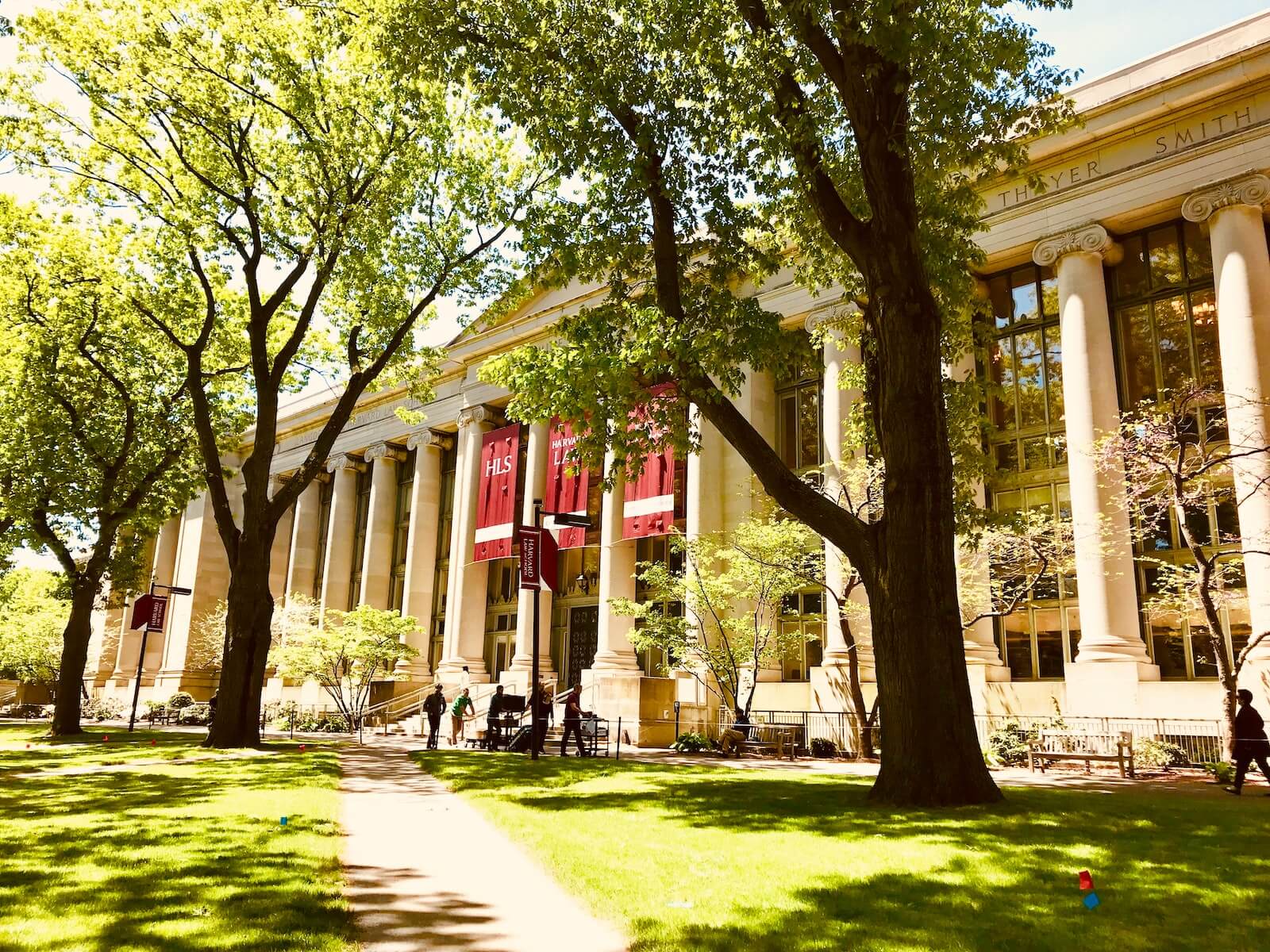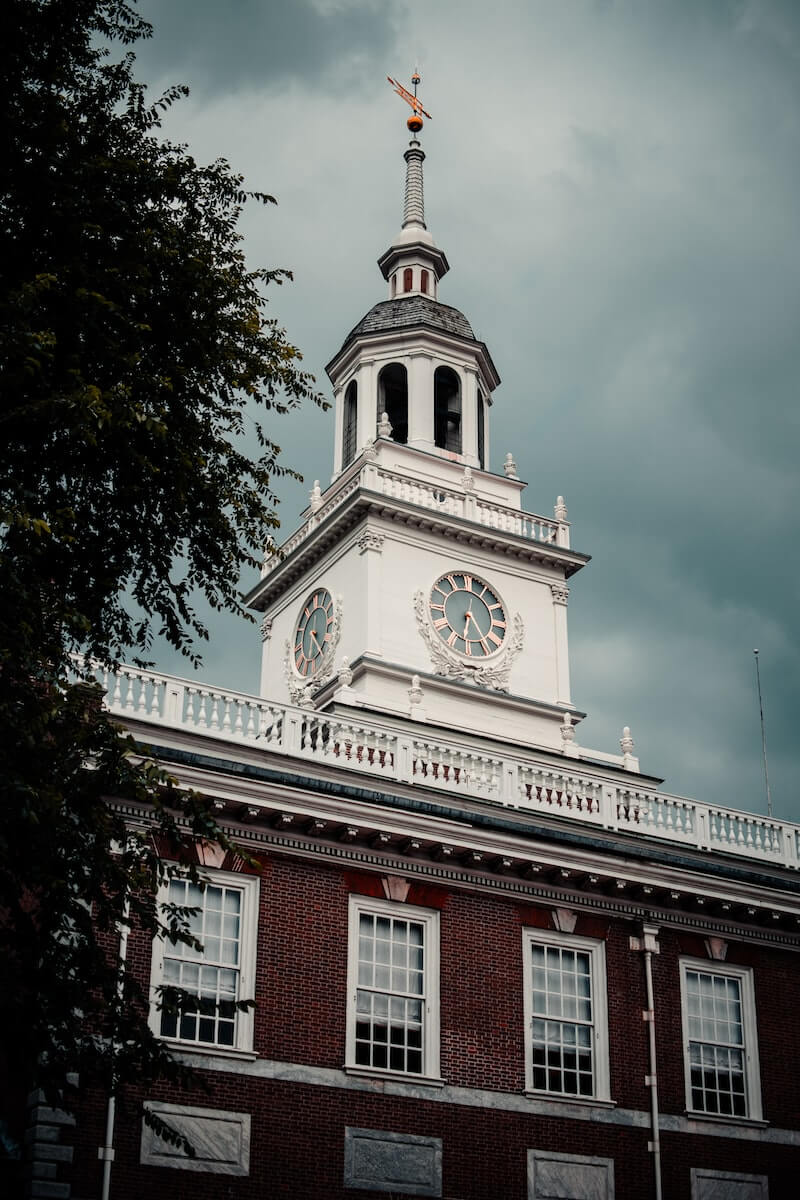Doctors provide the care needed to keep our population healthy. From birth to death, doctors are at our sides to provide medical guidance when we need them most. But before someone can become a doctor, they must first attend medical school. These institutions are training the caregivers of the future — a task of undeniable significance. With technology developing rapidly, the very best medical schools are the ones that are able to stay on the cutting edge, training their students to practice the medicine of the modern world.
New technological advances are changing the medical field all the time. In fact, researchers at Addenbrooke’s Hospital in Cambridge recently developed mixed-reality headsets that allow students to treat virtual patients using technology that mimics medical situations. During the simulation, medical students encounter a virtual patient with symptoms – such as being asthmatic – and must make real-time decisions about their care.
New doctors have been trained in real time alongside the development of medical history. Perhaps this is why research from Harvard University suggests that patients of younger doctors are actually less likely to die than those receiving care from older physicians. In 2017, Harvard researchers examined the records of 730,000 Medicare patients treated between 2011 and 2014 by more than 18,800 hospital-based internists (hospitalists). According to study senior investigator Anupam Jena, “the results of our study suggest the critical importance of continuing medical education throughout a doctor’s entire career, regardless of age and experience.”

The List: Best Medical Schools, According to Expert Reviews
1. Harvard University
To the surprise of no one, Harvard University reigns supreme among medical schools. The Ivy League institution has been training top doctors since the establishment of Harvard Medical School in 1782. As U.S. News puts it, “in the years since Harvard Medical School was founded in 1782, HMS has continued to innovate and influence medical education.”
“We hardly need to sing Harvard’s praises — as the #1 med school in America and the world, HMS has earned its prestige,” says College Gazette. “Just some of the school’s long list of medical achievements include the development of artificial skin for burn victims, the first successful reattachment of a severed limb, and the introduction of insulin to treat diabetes.”
“Harvard Medical School (HMS) has an impressive history of excellence which includes 10 Nobel Prizes and 16 recipients in Nobel’s Medicine or Physiology, Peace categories,” boasts College Consensus. “With a faculty exceeding 11,000, Harvard Medical School provides education and training for physicians, research PhD, masters, and postgraduate programs.”

2. Johns Hopkins University
If you want to receive a top-notch medical education, but are also still waiting on your letter from Hogwarts, Johns Hopkins University should be your number one pick.
“Since 2005, the Johns Hopkins University School of Medicine (JHUSOM) has had a learning community that is based on the Harry Potter books and movies’ Hogwarts houses,” says AdmissionSight. “Students are sorted into four colleges named after influential Hopkins faculty — Nathans, Sabin, Taussig, and Thomas. Advisors of each cluster guide students through courses, research, and career selection. The program is intended to foster camaraderie among students throughout all four years of medical training,” College Gazette adds.
Everything about Johns Hopkins is structured intentionally to make for the best learning experience. “Each college has advisers to guide students through medical school courses, research participation and career selection,” says US News. And the proof is in the pudding — “eighteen of Johns Hopkins’ 39 Nobel Prize winners are affiliated with JHUSOM,” boasts College Gazette.

3. Columbia University
Since its establishment in 1767, the Columbia University Vagelos College of Physicians and Surgeons has been training future doctors in the highest quality of patient care, treatment, and research. “The school takes a patient-focused approach,” College Consensus notes. “[It] developed the narrative medicine concept to patient care emphasizing hearing the patient’s story as a vital part of the diagnosis and treatment process.”
Columbia made history in 2018 as the first medical school to do away with student loans, replacing them instead with need-based scholarships. “This means that 20% of students can attend on a full ride,” says College Gazette.
“Columbia University is the top-choice college in the US for medical students based on average MCAT scores,” claims AdmissionSight. “Even before the American Revolution, it had a long history of training eminent doctors and surgeons.”

4. Stanford University
Sunny California isn’t all fun and games — Stanford University has been training highly regarded physicians since 1858,. “The School of Medicine runs a top-notch biosciences graduate program, particularly in cell biology; genetics, genomics, and bioinformatics; and neuroscience and neurobiology,” notes College Gazette.
Students at Stanford benefit from the school’s commitment to hands-on teaching. “The university has its teaching hospital, Stanford University Hospital, equipped with the latest equipment and infrastructure,” says Amber Student. “Compared to other medical schools in the USA, Stanford students use the school’s reputation as a leading research university to get top fellowships from HHMI and other coveted institutions.”
“If cutting-edge research is your passion, you’d be hard-pressed to find a medical school to match Stanford University’s research, protocols development, and groundbreaking clinical therapies development,” College Consensus claims. “The list of medical innovations for this medical school is impressive and includes the first heart transplant in the U.S. in 1968 and the first successful heart-lung transplant in the world.”

5. University of Pennsylvania
At the University of Pennsylvania, medical students join in the legacy of some of the best doctors. Established in 1765, the Perelman School of Medicine has trained future physicians in excellence for hundreds of years.
“Graduating as a medicine student at Perelman School of Medicine would look like studying through a rigorous six-module course, learning stress-effective management, working in a team with leading physicians, and having a close connection with 100 student organizations,” says Amber Student. “At the university’s department of medicine, students can get to know their peers well and get hands-on experience with cutting-edge surgery simulation technology,” AdmissionSight adds.
“Research is a crucial part of Perelman School of Medicine and it’s affiliated with six acute care facilities and students earn experience working in free community clinics and other outreach programs,” notes College Consensus. “The medical school has 36 free-standing, interdisciplinary clinics in oncology, immunotherapy, diabetes, geriatric, cardiology, neurology, organ transplant, and more. Research funding is a staggering $891 million.”

You might also be interested in:
- Best Business Schools
- Best Universities for Psychology
- Best Nursing Schools
- Best Colleges and Universities
Sources:
- US News
- Grants for Medical
- MedSchoolCoach
- EduRank
- College Consensus
- Online College Plan
- AdmissionSight
- College Gazette
- Amber Student
- Inspira Advantage
Note: This article was not paid for nor sponsored. StudyFinds is not connected to nor partnered with any of the brands mentioned and receives no compensation for its recommendations. This article may contain affiliate links.

Totally boring article. Harvard, Hopkins, Penn bla bla. Rank public med schools, that people can afford.
Also, the picture of Columbia is the main campus not the medical school.
Flawed ranking, should be based on patient survey.
HMS provide most arrogant and incompetent I terns with huge ego that does not substitutes for competence. Training is at the expense of patient, being used for interns to pass their credits, each day different intern, lack continuity and consistency of treatment. ER is run by 1st year residents even in very advanced medical cases and so the treatment, no attending supervising md of those interns mostly lacking competence
I am a graduate of a foreign medical school, we don’t go to college between high school and Medical School, we do 7 years of medical school which includes 4 years of patient care, in wards, just like interns do in the US.
When we graduate, we are Primary Care doctors and are shipped out by the government to different areas of the country where we provide care to a community for 1 to 2 years (Social Service) to pay the government for the cost of our education.
Once this is done, we can apply to Residency.
We don’t need simulators because treat patients, and in four years our exposure is greater than what American schools provide.
I think the US needs to rethink many things about medical education and primary care.
Many health systems think that NPs and PAs can replace doctors, and this is a big mistake.
1. https://www.ama-assn.org/practice-management/scope-practice/3-year-study-nps-ed-worse-outcomes-higher-costs
2. https://www.nber.org/papers/w30608